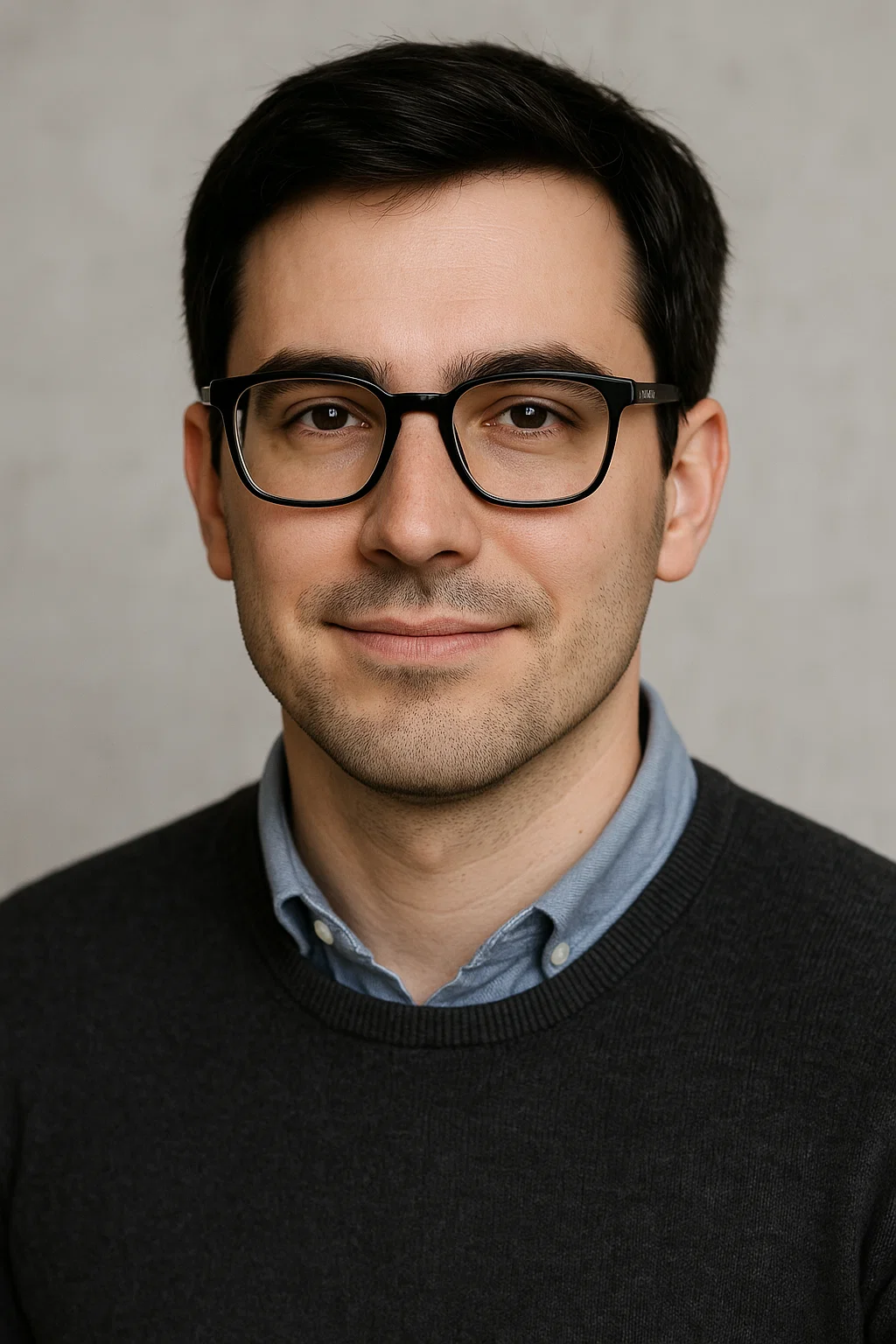
For some, coffee is all about the buzz — the caffeine-fueled jolt that kickstarts the day. But for others, coffee is more about the ritual and flavor. That’s where decaf coffee comes in. Often misunderstood, decaf is frequently viewed as a “lesser” version of coffee, or even considered fake by caffeine purists.
But is that really fair?
In this article, we’ll explore the truth about decaf coffee — what it is, how it’s made, how much caffeine it really contains, and whether it holds up in terms of taste and health benefits. Whether you’re caffeine-sensitive, drinking coffee late at night, or just curious, you’ll learn why decaf deserves more respect than it gets.
Decaf, short for decaffeinated coffee, is coffee made from beans that have had at least 97% of their caffeine removed.
Contrary to popular belief, decaf is not caffeine-free — it just contains much less caffeine than regular coffee. A typical 8-ounce cup of decaf contains around 2 to 7 mg of caffeine, compared to 70 to 140 mg in a regular cup of coffee.
Decaf allows you to enjoy the flavor and comfort of coffee without the stimulating effects of caffeine — ideal for people who:
Removing caffeine from coffee beans is no small task. It’s a delicate process that must preserve the flavor while extracting a specific molecule — all before roasting ever begins.
Here are the four main methods used to decaffeinate coffee:
This method uses only water, temperature, and time to remove caffeine — no chemicals involved.
How it works:
This method is popular for organic and specialty decaf coffees, and it’s considered the most natural.
Used mostly for large-scale decaf production, this method uses pressurized carbon dioxide to extract caffeine.
How it works:
This process is efficient and preserves more flavor, making it ideal for commercial use.
This method uses a solvent to selectively extract caffeine.
Ethyl acetate can be naturally derived from fruits, while methylene chloride is synthetic. The amounts left after processing are considered safe by health authorities, but this method has raised concerns for those seeking a “chemical-free” product.
Similar to the direct method, but the solvent doesn’t touch the beans directly.
This helps maintain the original flavor while still removing caffeine.
Yes — but not necessarily worse.
Decaf coffee tends to have a milder flavor, often described as less acidic and more subtle. That’s because the decaffeination process affects certain flavor compounds, and decaf beans are often roasted differently to avoid bitterness.
However, high-quality decaf — especially those made using the Swiss Water Process — can offer a flavor experience very close to regular coffee, especially when:
Taste also depends on the bean origin, variety, and roast level — just like regular coffee.
Yes. In fact, many of the health benefits of coffee remain intact in decaf, including:
Of course, decaf won’t provide the mental stimulation and energy boost of caffeinated coffee, but it still contributes positively to overall health — especially when consumed black or with minimal sugar.
Decaf coffee can be a great option for many people, including:
Not ready to give up caffeine completely? Enter the world of “half-caff” — a blend of regular and decaf beans that reduces caffeine content while maintaining flavor and balance.
This is a great strategy for:
Many specialty roasters now offer custom half-caff blends — or you can make your own by mixing your favorite regular and decaf beans.
Decaf coffee has long been unfairly labeled as the weaker sibling in the coffee family — but the reality is quite different. With modern decaffeination techniques, quality decaf now offers rich flavor, aroma, and body, often indistinguishable from its caffeinated counterpart.
Whether you’re cutting back on caffeine, looking for a night-time cup, or just exploring more options, decaf gives you the freedom to enjoy coffee on your terms, without sacrificing experience.
So the next time someone scoffs at decaf, hand them a freshly brewed cup — and let the flavor speak for itself.

Gabriel Rodrigues é especialista em finanças pessoais e escritor, com ampla experiência em economia, planejamento financeiro e gestão de recursos. Apaixonado por ajudar as pessoas a alcançarem sua saúde financeira, ele explora temas variados, desde investimentos até estratégias de poupança. Quando não está escrevendo, você pode encontrá-lo estudando novas tendências financeiras e oferecendo consultoria para quem busca melhorar sua relação com o dinheiro.